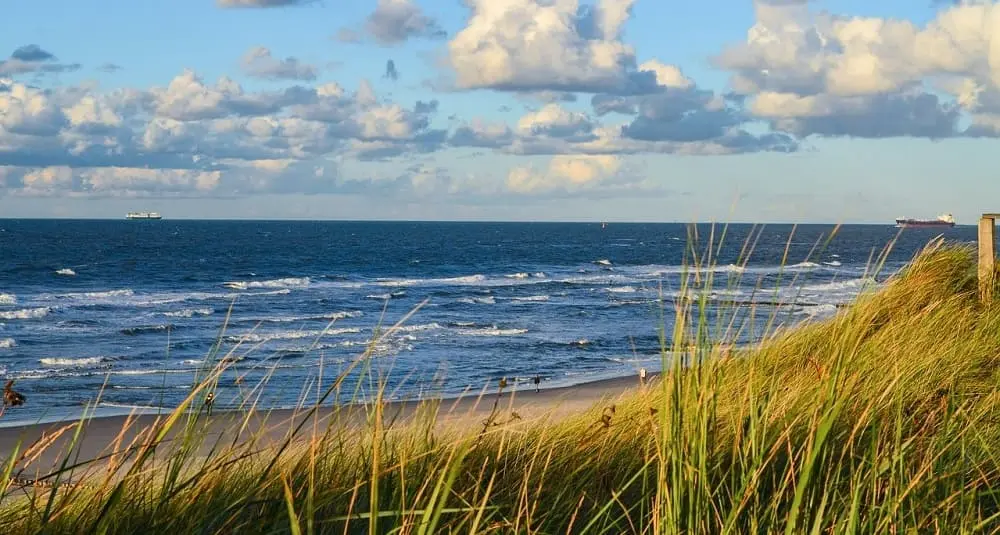What is the maximum depth of the North Sea?
Last Updated:
The North Sea is an epicontinental sea in northwestern Europe, bordered by countries such as the UK, Norway, Denmark, Germany, the Netherlands, Belgium and France. It covers an area of around 575,000 square kilometers, with a variety of bathymetric features that influence its ecosystem, currents and economic exploitation.
The average depth of the North Sea is around 95 meters, making it relatively shallow compared with other stretches of sea. However, this average masks significant regional variations:
- Southern part: In the south, particularly along the coasts of the Netherlands, Germany and Denmark, depths are generally less than 50 meters, with numerous shoals and sandbanks resulting from sedimentary deposits and past glacial movements;
- Dogger Bank Plateau: Located in the center of the North Sea, the Dogger Bank is a shoal whose depth varies between 15 and 30 meters. This area is particularly rich in fish and is an important fishing ground;
- Scottish coast: Along the Scottish coast, depths increase to around 240 meters, reflecting a transition to deeper areas;
- Norwegian Trench: The deepest region of the North Sea is the Norwegian Trench, a depression running along the coast of Norway. This trench reaches maximum depths of around 700 meters, particularly in the Skagerrak, the transition zone between the North Sea and the Baltic Sea.
Depth variations in the North Sea play a crucial role in the formation of marine currents, sediment distribution and biodiversity. Shallow areas, such as the Dogger Bank, are subject to more intense currents and better sunlight penetration, favoring high biological production. These conditions create habitats conducive to the diversity of marine species, making the North Sea an important fishing ground.
On the other hand, deeper areas, such as the Norwegian Trench, present different environmental conditions, with lower temperatures and reduced light, which influence the composition of the species present.
The relatively shallow depth of the North Sea has facilitated the exploitation of its natural resources, notably the hydrocarbon deposits discovered in the 1960s. Oil and gas platforms are located in areas where the depth makes extraction technically and economically viable.
However, this intensive exploitation poses environmental challenges, particularly in terms of preserving marine ecosystems, managing pollution and impacting fish stocks. Depth variations also influence the dispersion of pollutants and the resilience of marine habitats.
The North Sea, with an average depth of around 95 meters and significant regional variations, is a complex sea with diverse bathymetric characteristics. These variations influence not only currents and marine ecosystems, but also human activities such as fishing and the exploitation of energy resources. Understanding its bathymetry is essential for the sustainable management of its resources and the preservation of its environment.
You may also be interested in
geography

What is the maximum depth of the North Sea?
Answer
The North Sea has an average depth of around 95 meters, with shallow areas of around 40 meters in the south and maximum depths of up to 700 meters in the Norwegian Trench.